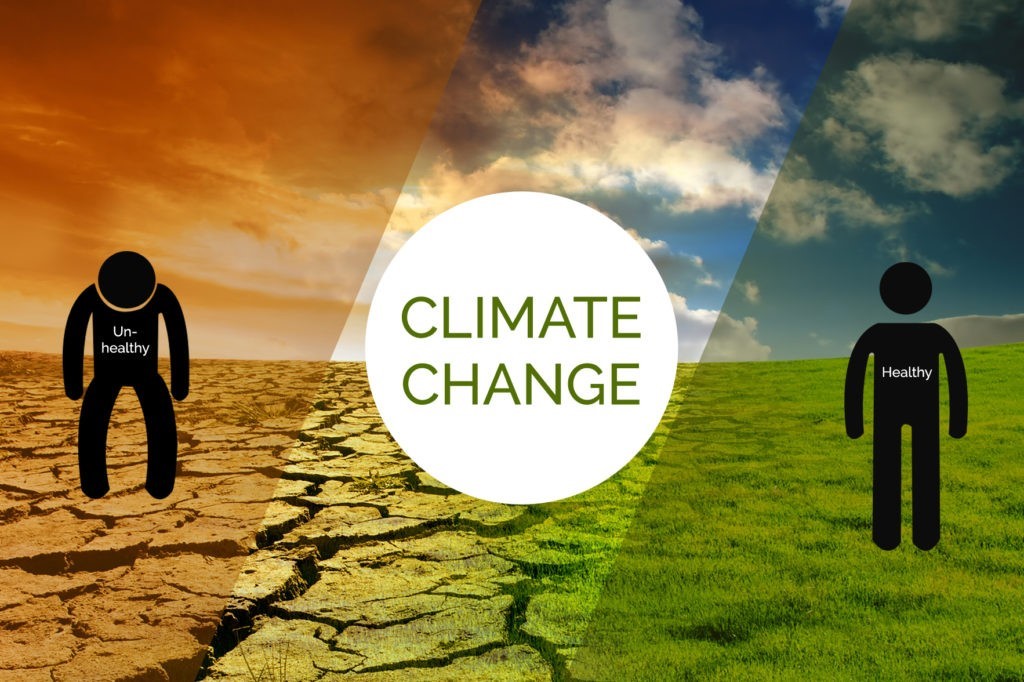In a response to the increasing impact of global warming, the UK government brought in some taxes on environmental issues, to encourage businesses to become more environmentally aware and responsible.
One such tax was the Climate Change Levy (CCL) which came into force on 1st April 2001. It targeted business users in various sectors, including agricultural, commercial, industrial and public sectors and was a way to encourage businesses to use less energy and lower their greenhouse gas emissions. It is calculated on taxable commodities for lighting, power and heating purposes, including electricity, natural gas, coal, petroleum, lignite, coke and hydrogen gas in liquid form. Fuels that are already subject to excise duty, such as road fuels and some oils are not included in the levy.

The CCL is charged at either a main rate or a reduced carbon price support rate. Those who consume small amounts of energy, domestic customers and charities who use energy for non-business activities are not included in the levy.
The rates that make up the Climate Change Levy are worked out by kilowatts per hour of use. The current charge was set until 31st March 2019 and were 0.203 pence for natural gas and 0.583 pence for electricity. From 1st April this has increased to 0.339 pence for natural gas and 0.847 pence for electricity. There have been regular increases since 2015.
The main rates will be charged to any business in the relevant sectors on gas, solid fuel and electricity use, which will be listed on the business’ electricity or gas bill. Some businesses are exempt from being charged these main rates, including non-commercial activities and those companies whose use falls below the minimum limit.
There are many ways your business can reduce energy usage. For agricultural or horticultural industries, installing a fabric roof structure offers better natural lighting and greater airtightness and insulation, reducing energy wastage. For more information on Tensile Fabric Structures, visit https://www.spatialstructures.com/building-systems-explained
What are carbon price support rates?
Lower charges are made against companies who agree to generate their own electricity with the use of low-carbon technology. Those businesses that produce their own electricity may be eligible to pay the reduced rates of the levy.

How is the CCL charged?
It is the responsibility of the energy provider to ensure that the CCL is being included in business bills as they are the ones who provide the so-called ‘taxable commodity’. When the CCL has been collected, it is passed from the energy provider to HM Revenue and Customs.
For businesses on the reduced rate, any heavy energy users must enter into an agreement with the Environment Agency, known as a Climate Change Agreement. This is a voluntary agreement by a business to reduce their carbon emissions and energy usage. Those who are bound by the terms of a CCA are granted a 90% reduction in the levy charge on electricity bills and 65% on other fuels.

